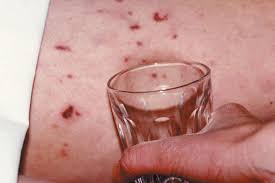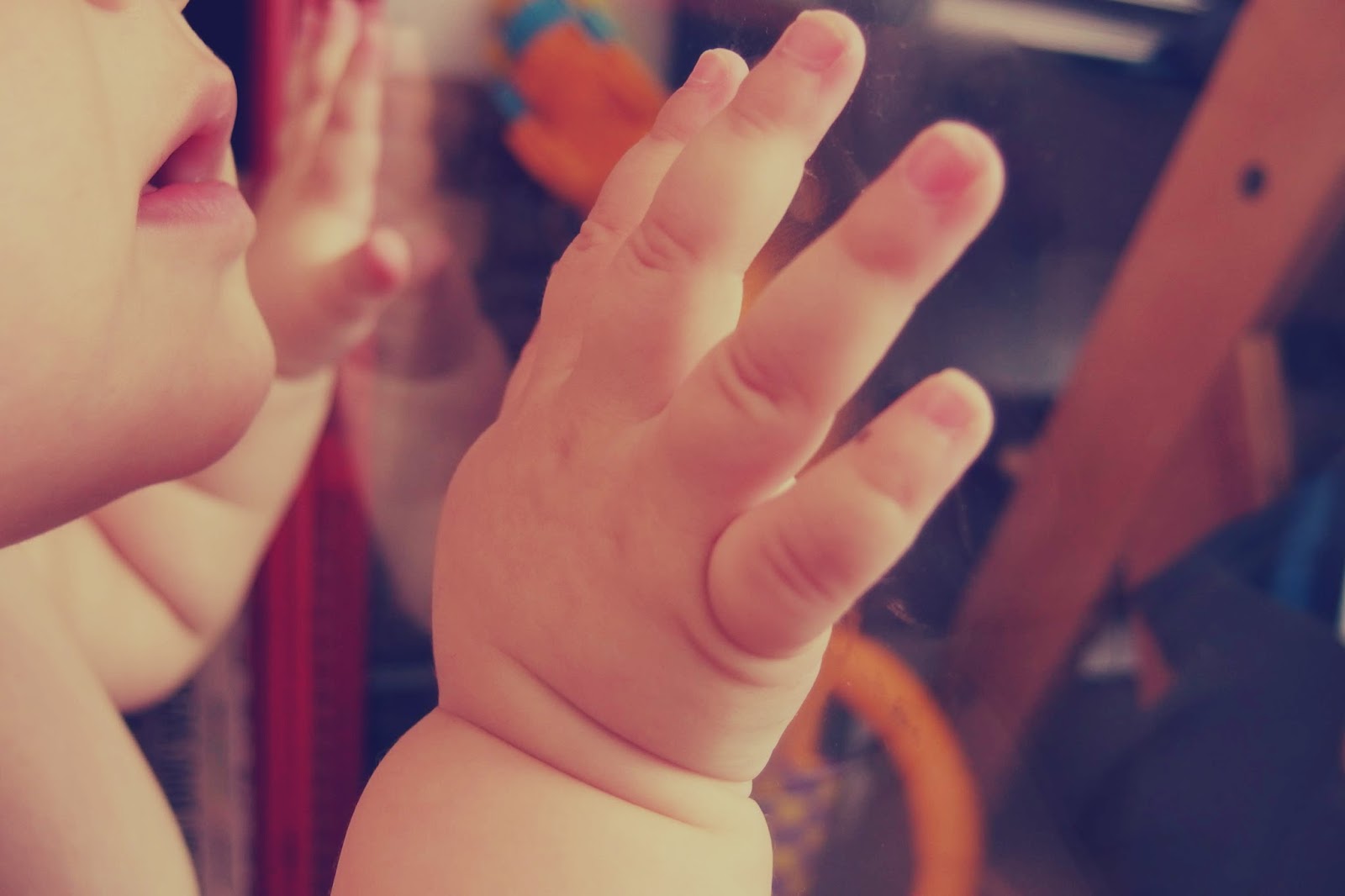When I was young I used to love my ballet lessons. It was a discipline I learned and studied up until the age of 16 and I honestly believe the effects it had on my posture and shape have lasted till today.
No wonder then that ballet is undergoing a sort of renaissance, particularly among older dancers and barre work-outs are springing up all over the country.
Says Nicola Peros, principal at Nicola Peros Ballet "The first thing that children experience when they start ballet is bravery. They aren't always with friends and they don't know the teacher.
They learn discipline, they are guided and encouraged to learn the steps which give them skills and confidence. They gain a sense of self-confidence and pride in their bodies and what they can accomplish.
They learn how to work to get what they want out of their performances."
Caitlin is currently studying for her Grade 3 Royal Academy of Dance and adores her ballet, not least because she has a kind and patient teacher, Mrs Nicola Peros, who really wills her pupils to succeed.
There's no doubt that girls love the dance-wear, the ribbons, the shoes and the tutus but leading dancewear provider, Dancewear Central has uncovered that there’s so much more to dance classes than meets the eye!
On the surface, all parents may see is writing endless cheques, taxiing to and from lessons several times a week, buying shoes and leotards, and sewing costumes. But the reality is that children get so much more from attending dance lessons than the technical skills, so parents are getting far more value for money than they initially think!
With this in mind, Dancewear Central spoke to dance experts across the country to discover the biggest benefits of dancing, and why there’s more to classes than meets the eye.
1. Patience
Children aren’t the most patient creatures in the world – any parent can attest to that. And the younger they are the less patient they seem to be! Throw an exciting dance class into the mix – where they get to run around and burn off that excess energy – and it suddenly becomes harder to keep them still.
Dancers, both professional and amateur, constantly have to wait their turn, whether they’re moving across a stage, free-styling or demonstrating an individual move. Knowing when it’s your turn to move and then to be still and quiet while another has their go is a skill we use long into adulthood.
The sooner children learn when to take their turn, the sooner they’ll learn to interact better with others. Conflicts will be reduced and their social skills will blossom.
2. Confidence
As children learn to dance, hone their technique and take a performance from start to finish, their confidence grows. Add that to gaining a better sense of their bodies and feeling more comfortable in their own skin, and their self-esteem will skyrocket. They’ll learn how to express themselves, which is really what dancing is all about, and it’s what separates it from other physical activities. It gives kids a physical outlet for their emotions, a place to be themselves, and they’re encouraged to be proud of that.
They learn discipline, they are guided and encouraged to learn the steps which give them skills and confidence. They gain a sense of self-confidence and pride in their bodies and what they can accomplish.
They learn how to work to get what they want out of their performances."
Johanna Hadley, teacher at Janet Lomas School of Dancing, says that increased confidence through dance is something children will take with them into later life:
“I myself have seen students who were once shy and withdrawn grow in confidence – in later years they have blossomed into beautiful dancers, happy and willing to perform in front of large audiences.
“A student who has regularly walked into a dance examination room or performed on stage will be unfazed by the university admissions process, job interviews and public speaking. Dance teaches the ability to present oneself in an assured and professional manner, and the weekly attendance of these classes demonstrates both dedication and commitment.”
 |
| Capezio Cross Over Top |
3. The way the body works
Kids are curious creatures, and they love to learn about the world around them. Put them in a class where their body does wonderful things like moving to music, and they’ll be eager to learn more about how they actually do it. And this can stand them in good stead for later life.
Naomi Wallen, owner of Dance Matters, a community dance school says that learning about the body through dance can influence children’s future path:
“When you know how a body jumps, you can jump higher, farther, quicker. Introducing the concepts of anatomy when the children are young will allow them to build upon this foundation in the future. They will learn that there is more to their bodies than what they see in the mirror.
“If a child becomes intrigued by their body, they may develop a life path for themselves. I know former dancers who are now doctors, nurses, midwives, physiotherapists and pharmacists. Additionally, if a child learns how amazing their body is, their relationship with their body can be a positive one. Body image is a difficult part of the lives of children and young adults – any opportunity to embrace the brilliance of our bodies is worth the work.”
4. Improved social skills
Dancing isn’t all about the individual – even in more solo disciplines such as ballet or tap. As part of their class, children will be asked to communicate and cooperate with their fellow students, both in pairs and in groups. For shy children, in particular, dancing can be a really big help and encourage them to come out of their shell as they talk to others and make new friends.
Debbi Fullilove believes that people often underestimate that dance can take soft skills straight back to basics:
“Dance is about encouraging children to have fun, while increasing basic core skills that can benefit them in future life. This includes verbal communication through socialising with their peers, listening skills, and also encouraging them to take ideas and develop them.”
5. Friendship
Improved social skills are just one branch of dance, and dancing often requires children to work together. Making friends comes easy to children – they seem to be able to talk to anyone and at any time! So place them in a room full of similarly aged children where their only job is to move to music, and they’re bound to interact and before you know it they’ve formed a bond.
Naomi Wallen believes that friendship is one of the biggest benefits that children take out of the dance studio:
“They learn how to be friends with people who aren’t the same as them. Our classes are mixed gender. Some have a range of ages, and some dancers have learning disabilities. The children discover how community is a gorgeous thing and how role models can be found in unexpected places.
Learning how to socialise with others from an early stage is a vital part of a child’s cognitive development. Dance brings together children from a variety of backgrounds and personalities, creating an environment outside of the child’s comfort zone. Children are encouraged to learn to adapt, connect and communicate in new ways. They learn to build trust and effective relationships.”
 |
| Roch Valley Funky Dance Hold All |
6. A healthy body
Children weren’t made to sit still, but watching television or playing video games can turn from an occasional treat into a daily habit. Dancing gets them out of the house on a regular basis, and while you may not be looking for your kids to lose weight, it helps to keep their heart, and brain, healthy.
Giving children the confidence and encouragement to move while they’re young will give them a taste for physical activity that they carry with them into later life. Whether they become a professional dancer or not, they might continue with amateur classes as an adult or migrate to a completely different sport – it doesn’t matter as long as they move.
Debbi Fullilove, who owns Yorkshire-based Dance Stars UK, shared her thoughts:
“Encouraging children to dance is much more than just the physical element, exercise and getting children away from an indoor environment. Children have a thirst to learn and develop, and dance – from musical theatre to street dance – is a great way of helping them grow and come out of their shell.
“In a day and age where many children are scared of how they may be accepted, there is nothing more rewarding as a dance teacher than seeing them flourish.”
I would heartily recommend ballet as a discipline for kids. In an age where technology is seeming taking over, it's great to find something which creates health, discipline and an appreciation for music - without the use of an iPad and, in my experience, the skills you learn are with you forever.
Further information about the Nicola Peros Ballet School which serves Cardiff and Barry is available at www.nicolaperosballet.com.
For a great selection of dance wear go to www.dancewearcentral.co.uk.































